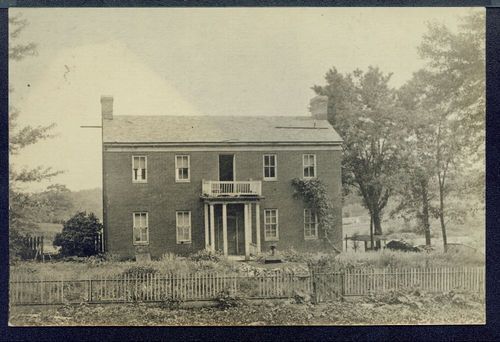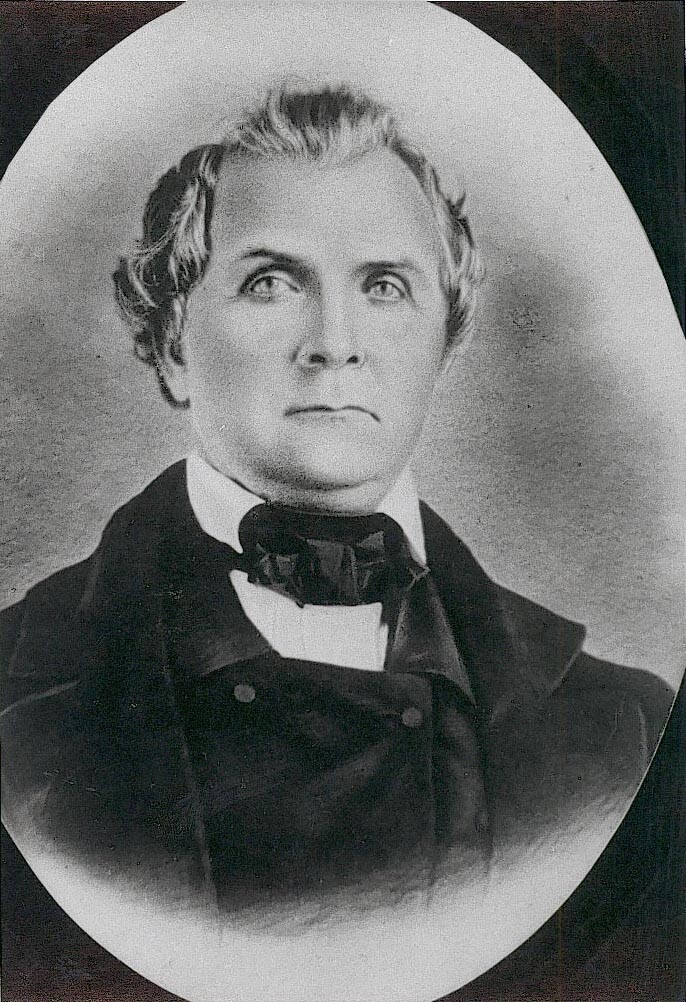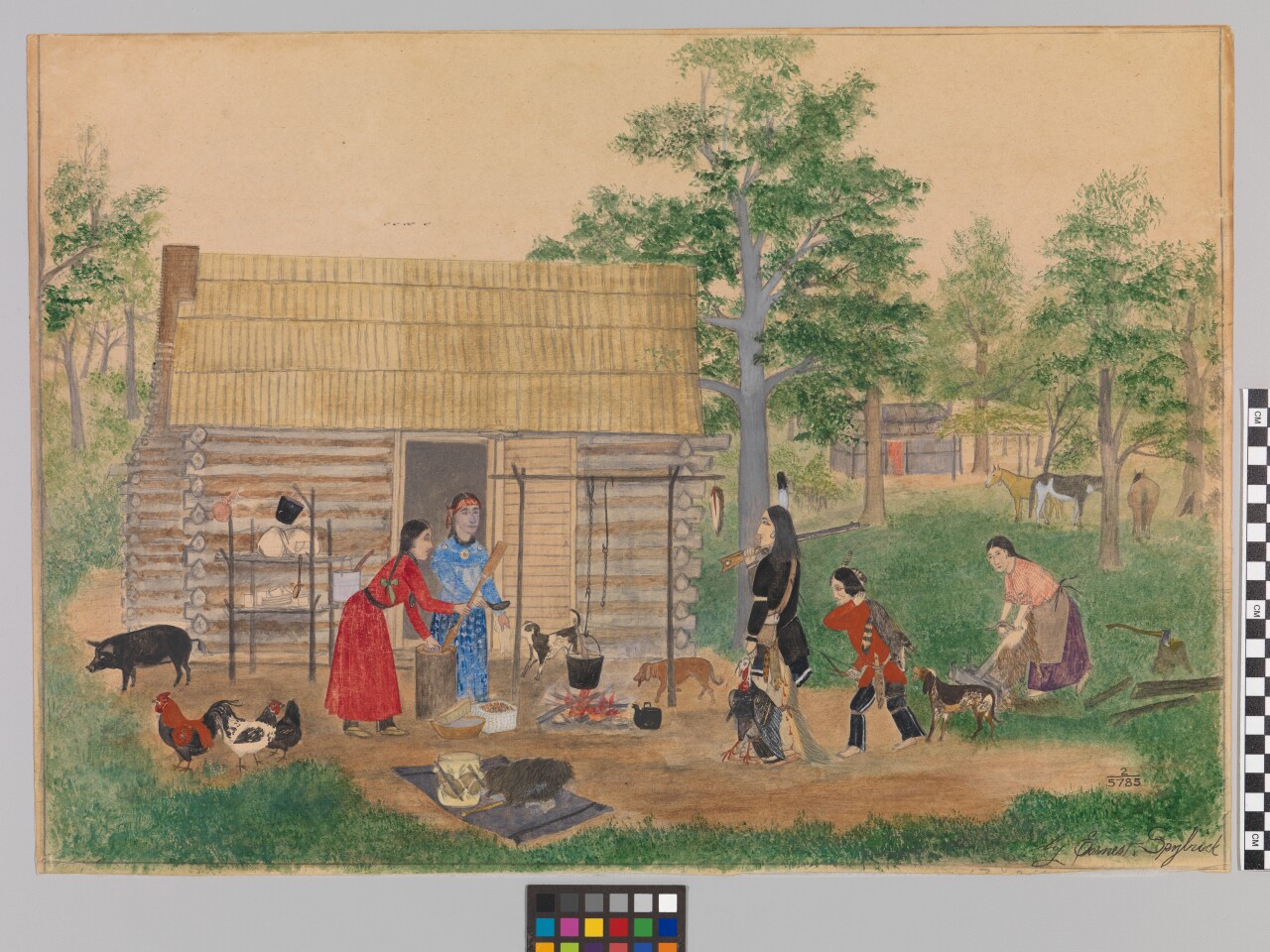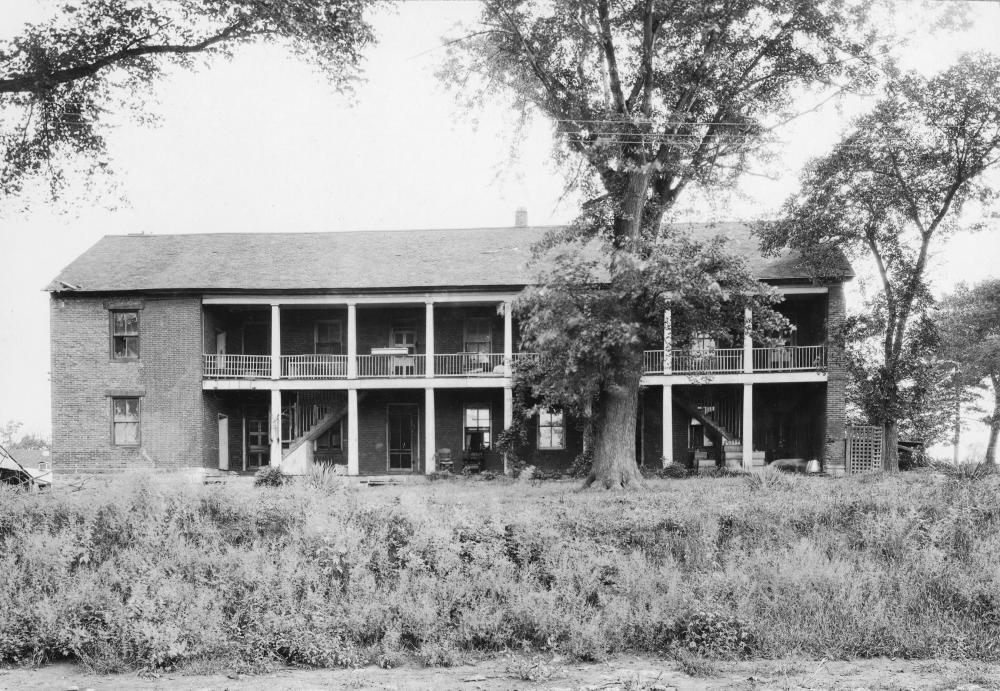FAIRWAY, Kan. — November is National Native American Heritage Month, a time to celebrate Native people and their contributions, but it's also a time to have honest conversations about Native American history.
One reminder of that history exists in Fairway, where thousands of cars bustle along a street named Shawnee Mission Parkway every day to various destinations.
Its namesake, a serene piece of the 1800s prairie standing still in time, is the Shawnee Indian Mission.
"We are definitely connected to this place," Chief Ben Barnes, the leader of the Shawnee Tribe based in Miami, Oklahoma, said.
While beautiful, the Shawnee Indian Mission's grounds also hold the secrets to an ugly past.
"The tears, the laughs, everything that happened here," Barnes said. "The children that may be here."
Barnes said it's time to uncover that past.
"There are two ideas that I think a lot of people have and they're both extremes," Barnes said. "This is a wonderful, great place and, then, there are other people saying there are mass graves here. Neither of those are the correct history."
What's lost in history are the stories of the hundreds of children who were sent to the manual-labor school, many times under forced assimilation practices and the looming threat of cultural genocide.
"We know (children) died here," Barnes said. "It's our moral obligation to look."
Barnes plans to bring in ground-penetrating radar equipment to find answers, but he's unsure exactly what they'll discover, especially because neighborhoods and schools now stand on much of the once-2,000 acre plot of land set aside for the Shawnee Indian Mission.

KSHB 41 I-Team Reporter Sarah Plake visited the site's library to see the records they keep.
Most are about "the people who ran it as missionaries, little less about the students because a lot of documents were lost," according to John Forbes, a historian and volunteer who has overseen the library for 20 years.
Among hundreds of pages of historical documents, there are records of at least five children dying from sickness while at the school from 1853 to 1855. The deaths were briefly mentioned in the reports to the government, but it's unknown if there were more.
"If you were going to bury somebody, you wouldn't do it within the 12-acre confines where you have all your buildings and where you're living," Forbes said.
Forbes can only speculate, but he said the children might have been buried at the Shawnee cemetery near Johnson Drive and Nieman Road or other nearby tribal cemeteries. The few stones that remain mark the resting places for kids who died after the Mission closed.

Barnes and the Shawnee Tribe are joining in on a national movement to establish a Truth and Healing Commission on Indian Boarding Schools. The commission would investigate the generational impacts of these schools and what happened to the children.
Rep. Sharice Davids, a Kansas Democrat, reintroduced the bipartisan bill this year and a companion bill is working its way through the Senate.
Secretary of the Interior Deb Haaland also announced a Federal Indian Boarding School Initiative.
"My family has been impacted by boarding school policies and it feels really good to know that, although it's a painful history, I'll just call it a pride and honor of knowing that, in this generation, we get to try to address it and start the healing process," Davids said.
Davids added that she is optimistic the bill will pass and hopes the Truth and Healing Commission will ensure Native American people lead the conversations about how to investigate boarding school history.
Much of the Shawnee Indian Mission's history is told via one man, Thomas Johnson, a Southern slaveholder who arrived what was called Indian territory in the late 1820s with Methodist missionaries to "rescue the savages of our wilderness from their states of barbarism."

Johnson, the namesake of Johnson County, Kansas, received thousands of dollars from the government, the Methodist church and the tribes to establish the mission for Native American kids in present-day Turner.
At that point, the Shawnee tribe had already made the grueling relocation from their Eastern homelands after the Indian Removal Act of 1830. Many know that journey as the Trail of Tears.
With many tribes and bands forced to move into the Plains, wild game ran out and helped further cement the missionaries into a position of power.
"The coercion and collusion of 'your kids need to go here because this will give them a better life,'" Barnes said.
In 1839, the mission moved to Fairway, where it stands today, and was established as a manual-labor school.
Boys would learn trades, like blacksmithing, while the girls would learn sewing and weaving. Children were in a classroom for six hours a day learning English, writing, reading and math.
Then, they would work for four hours, according to the Shawnee Mission annals.
At its peak, about 150 boys and girls from more than a dozen tribes were enrolled in the school at one time.
Teachers cut the children's hair, changed their names and forbade them from speaking their native languages, though they were met with resistance.

Since the Native American tribes had been in contact with white settlers for more than 200 years, many families lived in log cabins and depended on agriculture to live.
The students at the Shawnee Indian Mission had two vacations to help with harvesting crops and to see their families. According to the annals, many families wanted their children to stay at home.
Some of the Shawnee tribal leaders were mixed and had white parents and grandparents. Those leaders were more willing to assimilate than other bands, such as the Black Bob band, who had moved south to present-day Olathe to avoid settlers.
By the late 1800s, many of the Shawnee moved to Oklahoma.

From the Smithsonian National Museum of the American Indian
Inside the Mission, Barnes showed us where the boys would have slept in the attic in the south dormitory, which he said was difficult to think about.
"I haven't been in there," Barnes said. "I'm not ready to go up there and see it. Right now, I can deal with this. I have to deal with this as an elected official."
Conditions at the Mission deteriorated over time and Johnson was criticized for being distracted with his pro-slavery political ventures.
Finally, in 1860, the Shawnee tribe council met and sent a letter to the Commissioner of Indian Affairs, which read, "Our children have suffered through protracted spells of severe illness and in some instances have died without the parents or guardians ever having been informed."
The parents complained that when they went to pick their kids up, they were covered with lice and in poor health.
They were frustrated because they felt their treaty money was being wasted. The Mission received about $6,000 a year from the tribes for their children to go to school.
In their letter, the Shawnee decided they would send their kids to a school of their choosing. The Mission shut down in 1862.


"The time the Shawnee children attended here, those that left and went about their lives, I wonder what impression that left, those important years away from their parents," Barnes said.
He suspects he knows the answers to those questions, but Barnes hopes to uncover more of the truth, more of that history we pass by every day, for those children who never came home.
"It's a moral obligation that we find them, name them, return them and honor them," Barnes said. "These kids, they deserve that."
The National Native American Boarding School Healing Coalition has identified 367 Indian boarding schools in the U.S., but there are records for just 38% of those schools and only a fraction of the records that do exist have been analyzed.
The Healing Coalition lists seven boarding schools in Kansas, including locations in Topeka, Council Grove, St. Paul and Lawrence in addition to Fariway.
The Shawnee Indian Mission is the most intact, while Haskell Indian Nations University sits on the Lawrence site. Here is a list of the sites:
- Haskell Industrial Training School (Haskell Indian Nations University)
- Great Nemaha Indian School
- Kaw Manual Labor School
- Kickapoo
- Osage Manual Labor School / St. Francis
- Potowatomie Manual Labor School
- Shawnee Mission Manual Labor School
The Healing Coalition said there has never been an effort to determine, to the extent possible, the number of children forced to attend the schools, the number who were abused, and the number who went missing or died in an effort to assess the long-term impacts of going to the schools.
But the journey toward truth and healing is gaining momentum, especially after the discovery of mass graves of indigenous children were uncovered at boarding schools in Canada.
Again, Barnes doesn't believe he'll find mass graves at the Shawnee Indian Mission, but the goal is to open the conversation about what abuses the children might have endured there.
The Kansas Historical Society, which owns the site, is one of the partners in the initiative, but Fairway city officials did not respond to KSHB 41 News's request for comment about if and how it is partnering in the effort.
The generational impacts of the cultural whitewashing of Native Americans continues to affect tribal communities today.
According to the 2014 White House Native Youth report, Native American youth experience disparities in health, education and suicide rates. Suicide is the leading cause of death among Native Americans ages 15 to 24 at a rate 2.5 times the national rate.
More than one in three Native American children live in poverty.
The Bureau of Indian Education reports that the American Indian/Alaskan Native high school graduation rate is 69%, but it dips to 53% for students at Bureau of Indian Education schools. The national graduation rate average is 81%.






